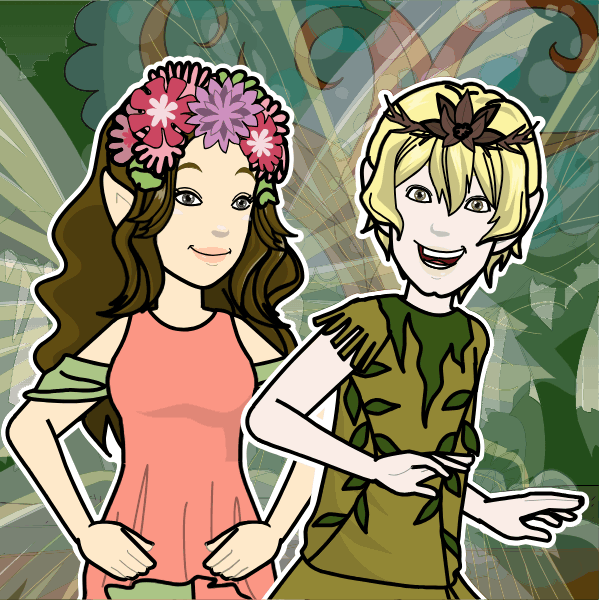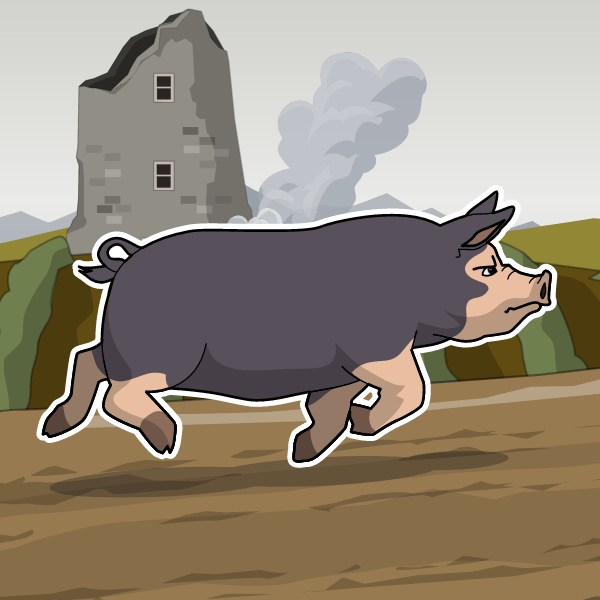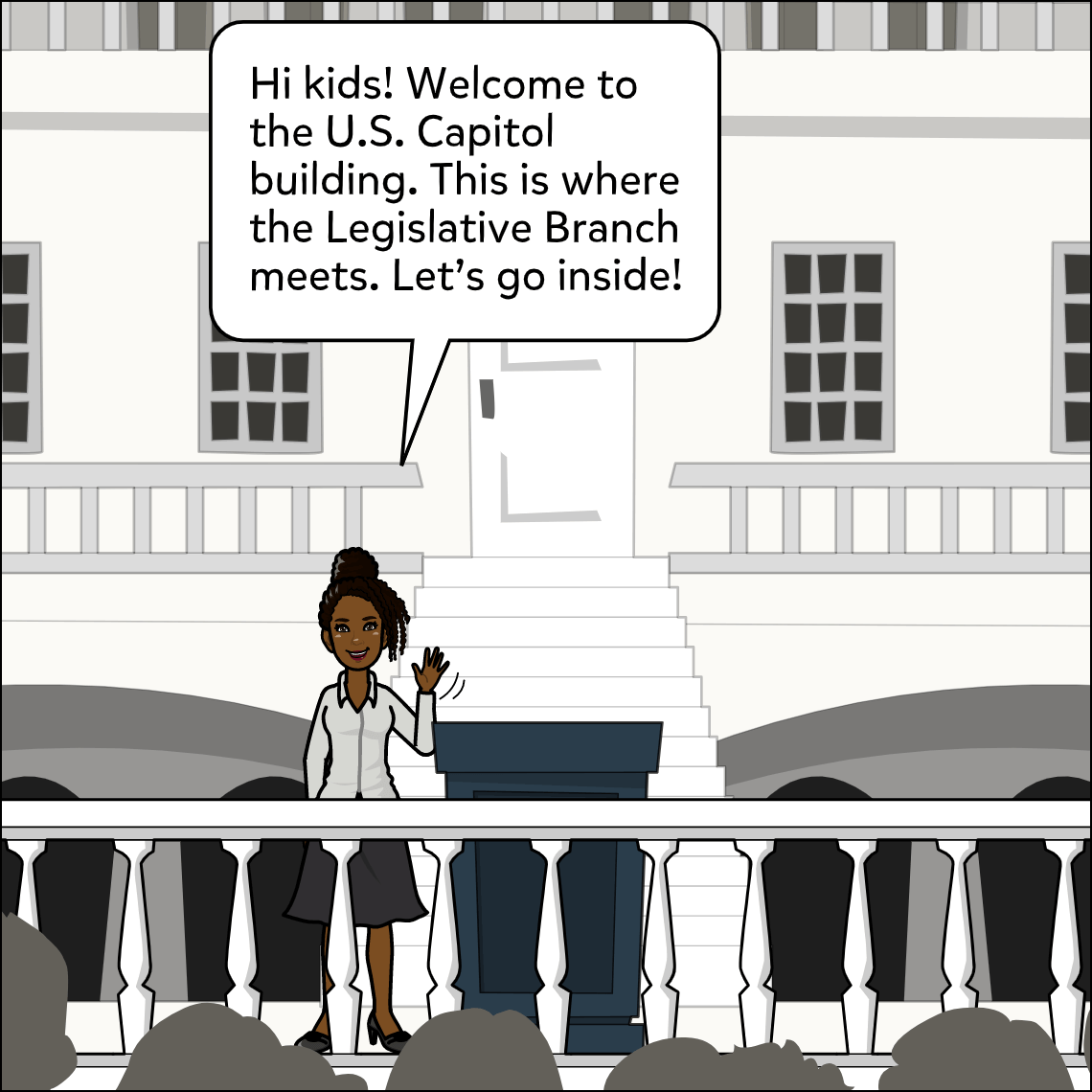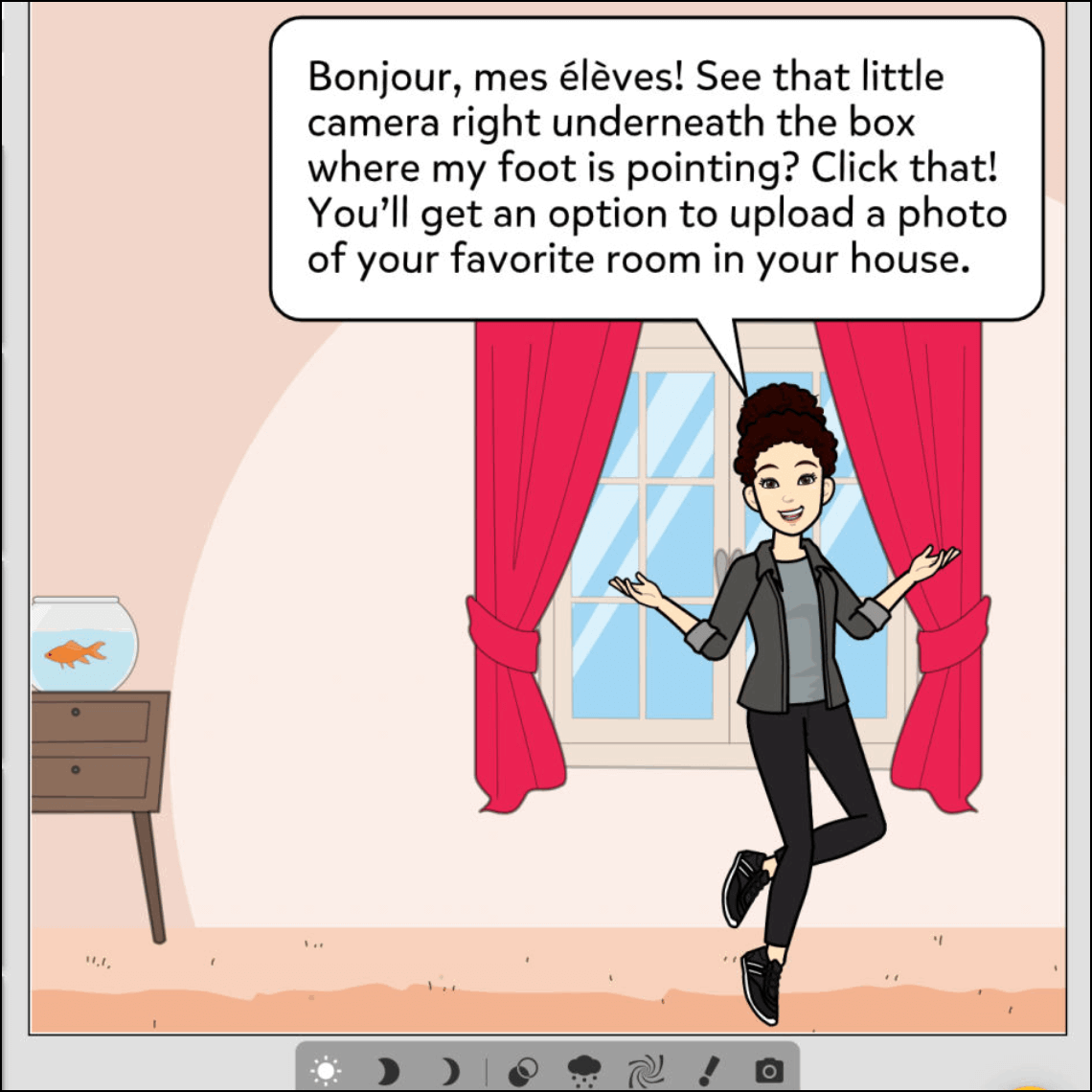Subject: ELA (English Language Arts)
Lesson Length: 1- 2 hours
Topic: Central Themes and Ideas
Brief Description: Students will demonstrate an understanding of the central themes or ideas of a text.
Know Before You Start: Students should be familiar with literary themes and central ideas in a given narrative. A video from Khan Academy can be found under resources to help if needed.
Hook:
- Ask students:
- “Have you ever read a book or watched a movie where you felt like there was a deeper message or lesson the author or director was trying to convey? Think of an example.”
- “How would you describe the difference between the ‘plot’ of a story and its ‘theme’ or central idea?”
- “Do you believe that different readers might interpret the same story differently in terms of its central theme? Why or why not?”
Activity:
- Have students read the poem, “Stopping by the Woods on a Snowy Evening” by Robert Frost independently and attempt to identify the poem's central theme or idea.
- In pairs or small groups, have students compare/contrast the central themes identified, and highlight any evidence that supports their choices.
- As a class, have students share their chosen themes and evidence from the text, as well as, discuss how the central theme relates to the characters, setting, and plot.
- In pairs or small groups, have students read “The Raven” by Edgar Allen Poe and then brainstorm at least two possible central themes for the text.
- Have students present their themes and discuss how they might interact or build upon one another, as well as provide needed depth or a complex understanding of the text.
- Have students create a visual representation of one of the central themes from either poem discussed in class in the form of a main idea web. They should include key quotes or evidence from the text to support their chosen themes.
- Using the sample comic as a guide, have students create a comic that depicts the main themes of a poem, song, or short story using language and images.
Closure:
- Have students share their comics with the class or in small groups.
- Have students explain how their comic conveys a theme or central idea.
- Emphasize the importance of central themes in literature and why authors use them. Mention that themes add depth, meaning, and complexity that allow readers to connect with the characters and understand the author's message or purpose.
Differentiation:
- Allow students to use the speech-to-text feature.
- Allow students to work in pairs or groups as needed.
- Allow students to use the voiceover feature to read their comics aloud.
- Incorporate the Closed Caption feature if showing the video.
Resources:
- Comic to print or display: Comic.
- Video: Khan Academy - What is a Main Idea?
- Poems:
- Main Idea Web
Suggested Content:
Suggested Story Starters:
 The Canterbury Tales
The Canterbury Tales
 Life Of Pi
Life Of Pi
 A Midsummer Night's Dream
A Midsummer Night's Dream
 Animal Farm
Animal Farm
 1984
1984
 The Pearl
The Pearl


